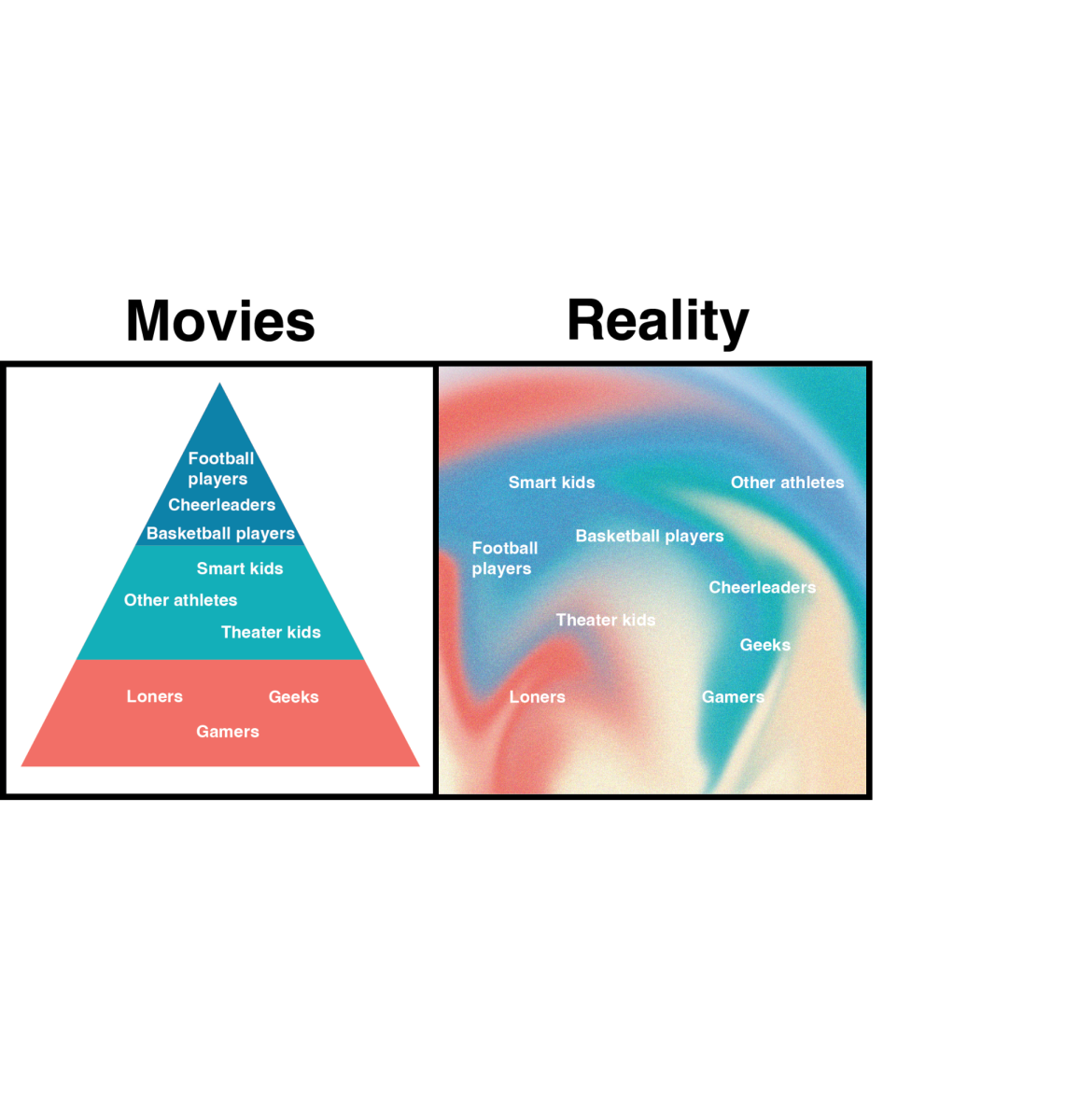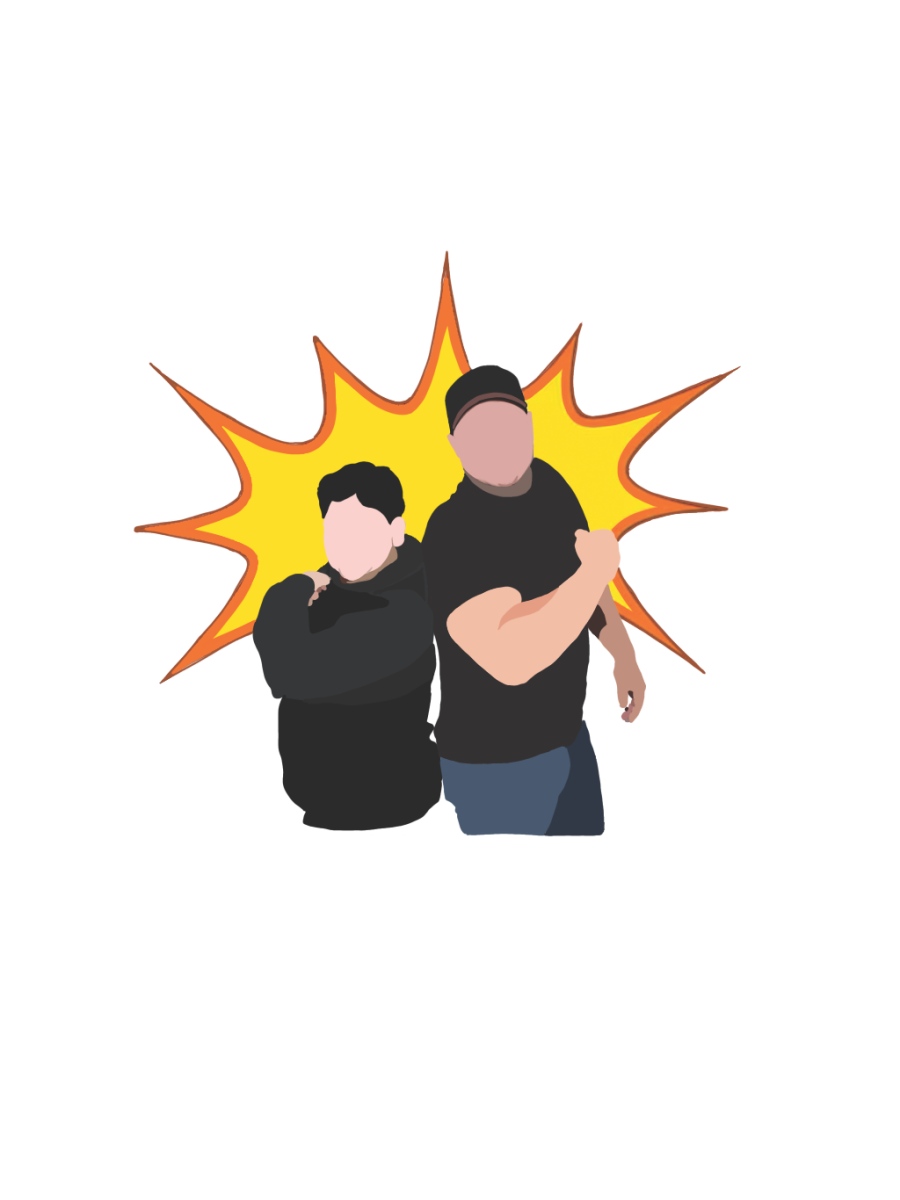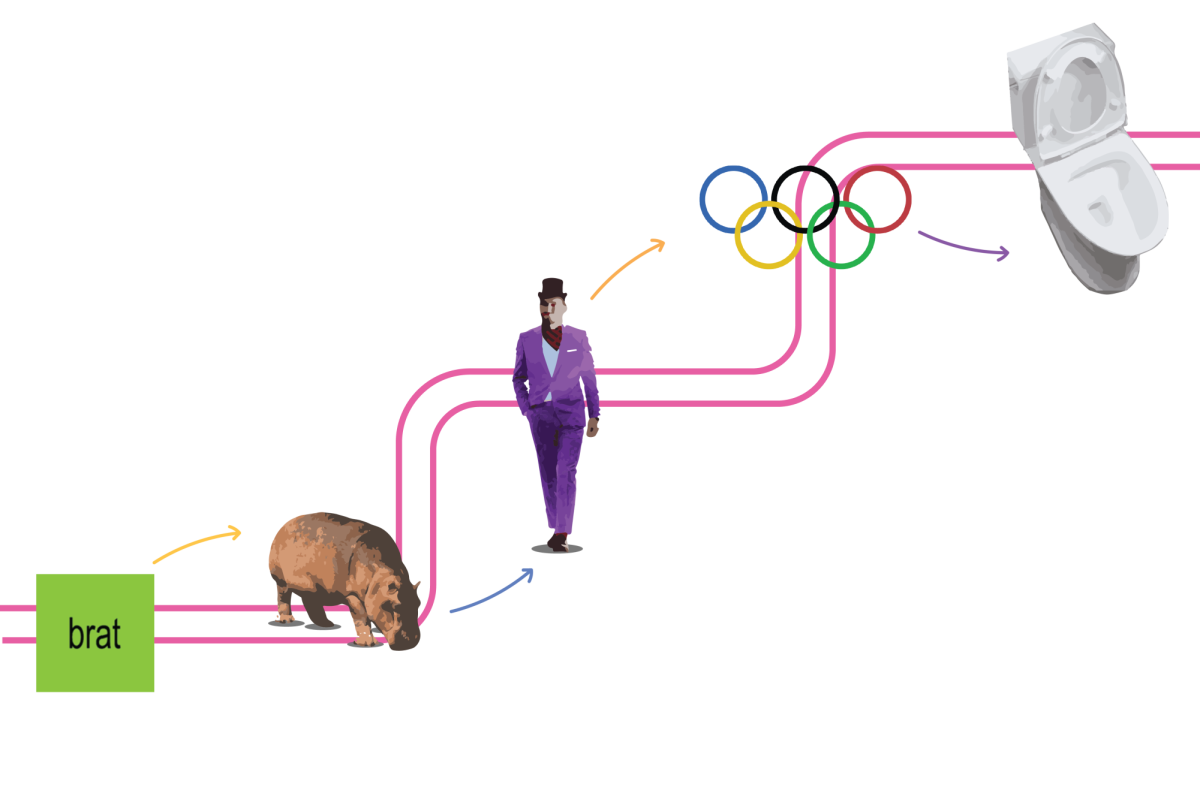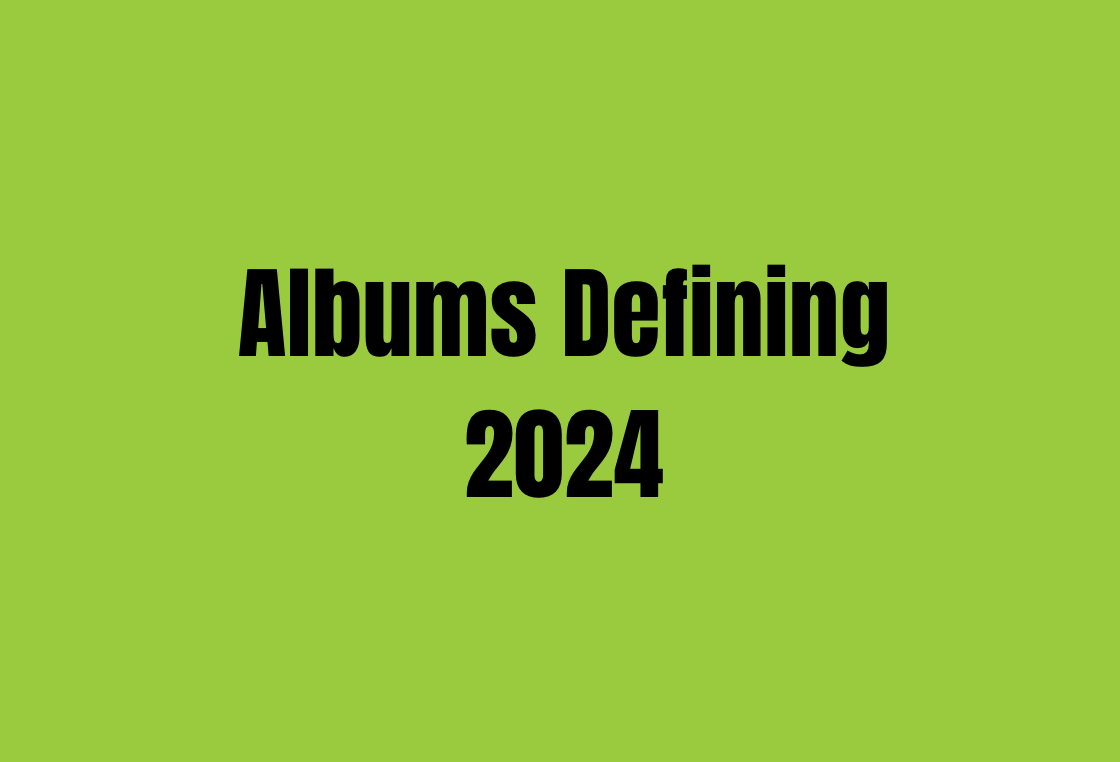The English language is always changing. Every year, depending on prevalent topics in society, new words and definitions emerge or fall out of use.
Through social movements and slang, words like “normalizing,” “hellacious,” “jedi,” “stan,” and even “whatevs” have been established into the English lexicon. This dynamic process is always adapting to cover developing topics with appropriate terms.
“It comes about through general practice,” English teacher Dr. Robert Boerth said. “There’s a somewhat organic process that occurs where some people will start an effort to come up with it and those neologisms [newly coined words] spread from there.”
Such is the case with the LGBTQIA+ community and the major strides they have made this past decade — people are identifying with more than just the traditional “he/him” and “she/her” pronouns. This has called for the use of alternative pronouns, with the most popular being the gender-neutral “they/them.” Pew Research reports that “one-in-five Americans say they personally know someone who goes by these gender-neutral pronouns.”
Although the word “they” is not a new word, the connotation has changed over the course of this decade. In search of ways to address people without assuming gender, society shifted the plural form of “they” to a singular one.
Boerth explains that growing up, it was preferred to use a masculine pronoun “when you were applying it to all people regardless of gender.” Later, it switched to “he or she,” and then finally to modern terminology: the unspoken rule to use “they.”
Partly because of “they’s” shift to a singular pronoun, people started viewing it as an alternative to the traditional genders to represent their gender neutrality, or non-binary gender. According to BBC, studies showed this change went smoothly as it had been occurring for centuries in literature and in fact “[reduced] mental biases that favor men and [increased] positive attitudes towards women and the LGBT community.”
Last year, Merriam-Webster defined the word as “used to refer to a single person whose gender identity is nonbinary,” making them the first of many renowned dictionaries to recognize its new and emerging use.
“I think it’s a huge step because we still trust dictionaries, English teacher Jay Jay Stroup said. They feel very official and standard. Dictionaries are very much part of human’s attempt to catalog the universe and share that information widely.”
This act was a firm step in opening up non-traditional pronouns to more people, and might soon be happening with other pronouns. Pronouns like “Xe/Xer” and “Ze/Zim” are being embraced by the LGBTQIA+ community.
“Now that [these pronouns] are coming to light, I think it’s very productive in allowing people to be who they truly want to be,” said sophomore Lainey Wilemon, who is part of the leadership in the Diversity club.
However, the widespread use of non-traditional pronouns is dependent upon awareness. To introduce these new words and ideas, Stroup said that she believes it stems down to directly educating and exposing students and teachers.
“When surveys at the beginning of the year are handed out, [teachers] could easily say ‘what are your pronouns’.”
Whether it is through school or online resources, this rise in non-traditional gender pronouns is something that will need to be integrated into students’ lives if it’s to grow in the English language. As of February of this year, there are 40 schools that allow students to insert their pronouns into course rosters, according to the New York Times. Outside of school, students have taken initiative to include their pronouns on their own social media bios.
All these changes and additions to pronouns in language show that there has been and will continue to be a need for inclusivity in English.
“A language that doesn’t update itself and doesn’t track new connotations is not doing its job,” Stroup said.















